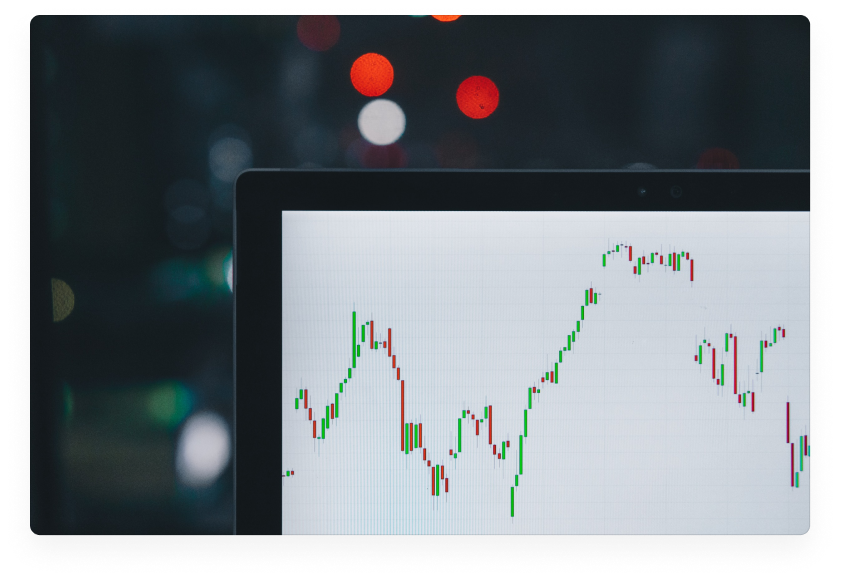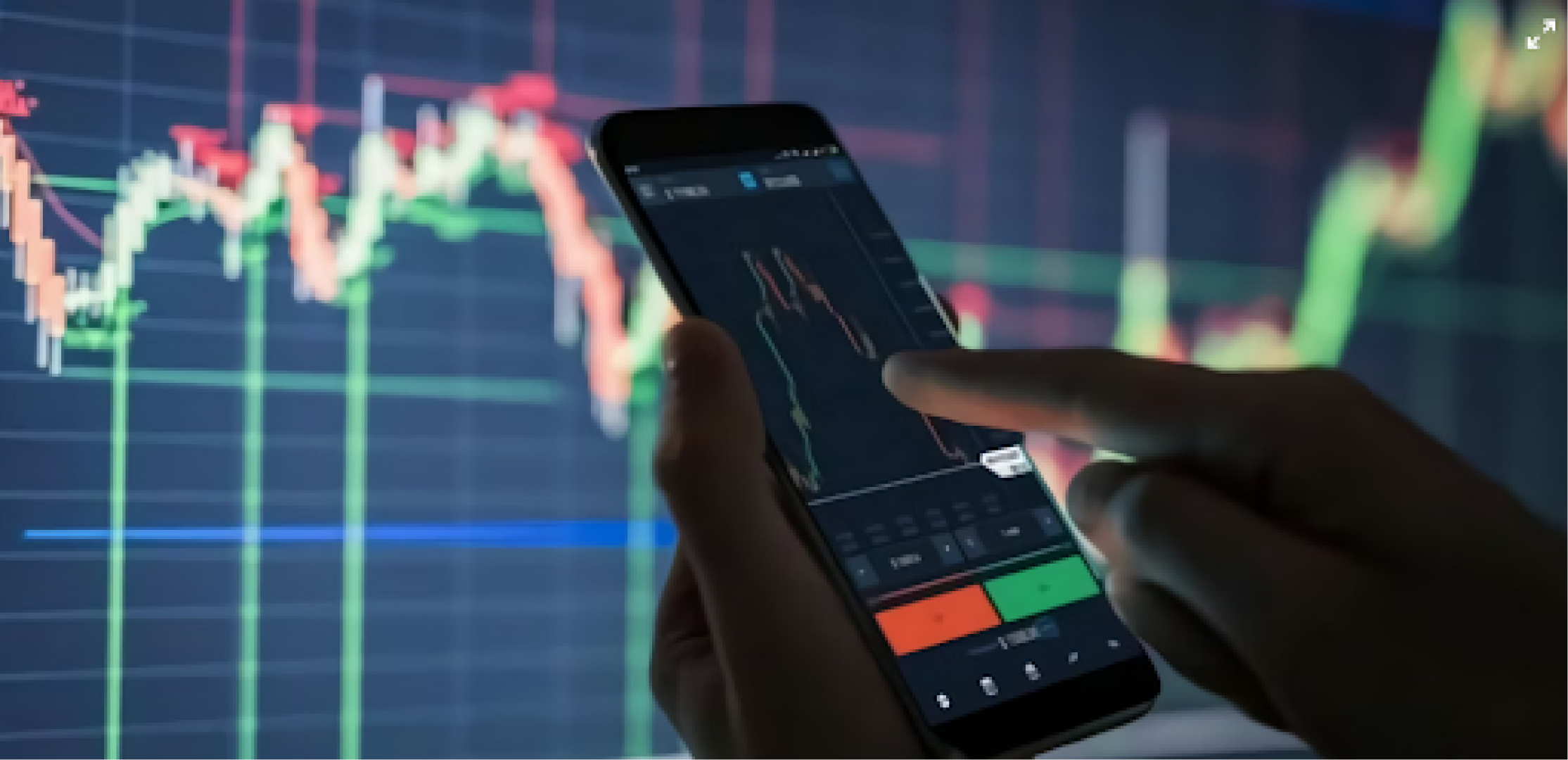Reading Time: 5 minutes

If you’ve been curious about different ways to make money by trading in the markets, or maybe you’ve thought about day trading for beginners but getting involved feels so overwhelming by all its complexities and risks.
Either way, one lesser-known way is to trade in the Forex markets, and if that’s something you’d like to know more about, then Next Step Funded might be the perfect next step for you.
Day trading can be an exciting and potentially lucrative venture for those with the proper knowledge and skills. Next Step Funded is the perfect stepping stone for beginners looking to enter the world of day trading.
With a funded program by Next Step Funded, you get the power of being a professional trader but with a system designed explicitly for beginner day traders, making it possible for anyone with the drive and determination to become a successful day trader.
Our funded accounts focus on buying and selling on the Forex. With the recent dissolution of MyForexFunds, the impact on the Forex trading market has been tremendous.
But what is Forex, and how did the MyForexFunds closure impact day trading?
First, understand that Forex is short-hand for Foreign Exchange markets.
When you trade in Forex, you’re buying and selling foreign currencies and deciding on the value of those currencies based on fluctuations in the exchange rate.
Those foreign currencies can be exchanged at various rates throughout the day due to local politics, national economic news, and geopolitical interests.
So, as a day trader, your primary goal is to capitalize on this market volatility.
Unlike long-term investors, you’re not concerned with the long-term prospects of a particular asset; your focus is on capturing intraday price fluctuations.
So what is MyForexFunds, and why does it matter?
MyForexFunds was a popular site for Forex-funded accounts but was shut down, which caused disruptions and anxiety for many investors worldwide.
These investors are worried about their assets and funded trader accounts, where Next Step Funded fills the vacuum.
Our funded trader accounts have a lower threshold and provide robust risk management tools to help you navigate this exciting investment strategy.
If you’re still curious about diving into Forex day trading, especially for beginners, you need to understand how it works and some of the best tips and strategies to follow.

But first, understand the definition of a funded trader account. A funded trader program like Next Step Funded is a trading account allowing individuals like yourself to trade on the Forex markets using Next Step Funded capital.
In other words, instead of using your own money, you’ll use Next Step Funded capital to buy on the Forex markets and sell them at a profit. This is known as leveraging and is common practice in various areas.
As an example of leverage, think about a home mortgage. You signed a mortgage loan to purchase a home at a much higher value than the money you have.
The way this works is that the bank loans you the money, whereas you pay down your debt to the bank as the home appreciates, making you a long-term profit.
Understanding the nature of day trading for beginners is to understand what day trading means and that there are some risks involved. So now, let’s discuss some best practices, tips, and strategies for beginners interested in day trading in the Forex market:
1. Master a Few Currency Pairs
To start day trading for beginners, you’ll need to open an account and pass the challenge that you can handle the basics of day trading. Once you achieve the goal, typically within three days, you can get a funded trader account and work on your strategy, keeping up to 80% of the profits.
As a beginner, starting with a limited number of currency pairs is best. Focusing on a few pairs lets you become intimately familiar with their price movements, news events that impact them, and overall behavior. As you gain experience, you can expand your portfolio.
2. Create a Trading Plan
You’ll want to have a trading plan in place as it acts like a roadmap to your success. You should include a breakdown of your risk tolerance, guidelines, rules that dictate your trading strategy, and straightforward entry and exit strategies.
One of the biggest mistakes beginner traders make is to base their decisions on emotions and get caught up in the volatility of the exchanges.
Stick to your plan and avoid impulsive actions driven by emotions.
3. Risk Management Strategies for Funded Accounts
Managing your risk is an effective tool crucial for both funded and independent trader programs. To protect your capital and not get overleveraged, here are a few pointers to keep in mind:
This strategy is crucial in preventing further losses.

4. Continuous Learning and Analysis
Since the Forex market is dynamic and volatile, you’ll want to invest time into continuously learning about different concepts, strategies, and markets to grow as a trader.
For example, you’ll want to watch the international news for insights into local politics, global economic events, technical analysis, and trading strategies.
Ready to get started in the world of day trading for beginners and experts?
Next Step Funded provides plenty of opportunities for investors from all levels, from experts to rookie traders. We make funding easy and leverage our capital to help you make a profit.
Some of the benefits of using Next Step Funded trading accounts include:
Embarking on the day trading journey for beginners can be exciting and challenging. Remember that becoming a successful day trader takes time and effort, and Next Step Funded is the platform to help you achieve your goals.
Whether your ultimate goal is to become a funded trader or simply to enjoy the thrills of short-term trading, your keys to success include education, discipline, and effective risk management.
It’s a journey that takes time and an open mind to continuously learn and create a strategy that allows for growth and improvement.